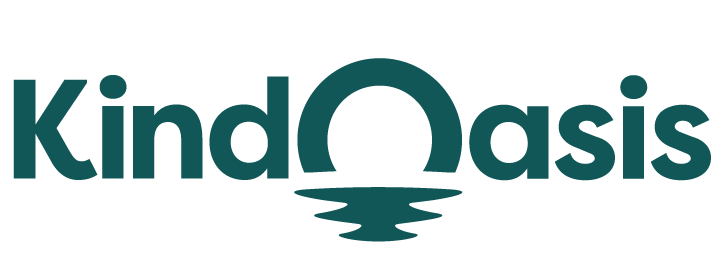Best Methods for Forecasting Sales on Shopify: Tips and Tools
Try AI ChatbotEnhance sales forecasting on Shopify with tips, tools, and AI solutions like VanChat. Improve predictions and boost profitability.

Forecasting sales accurately is crucial for managing inventory, setting realistic goals, and ensuring business growth. Shopify provides a range of tools and strategies to help you predict future sales effectively. This guide covers the best methods for forecasting sales on Shopify, including tips and tools to enhance your forecasting accuracy.
Understanding Sales Forecasting
Why Sales Forecasting Matters
Sales forecasting helps businesses anticipate future revenue, optimize inventory levels, and plan marketing strategies. Accurate forecasts can improve decision-making, reduce overstock and stockouts, and ultimately drive profitability. For an overview of sales forecasting benefits, check out Shopify's guide on sales forecasts.
Key Sales Forecasting Methods
- Historical Sales Data: Analyzing past sales data is one of the most reliable methods for forecasting future sales. Use Shopify’s built-in analytics to review historical trends and identify patterns.
- Trend Analysis: Identify sales trends based on historical data and external factors like seasonality, economic conditions, and market trends. This method helps in adjusting forecasts to reflect market changes.
- Demand Forecasting: Leverage demand forecasting techniques to predict future sales based on customer behavior and market demands. Shopify’s demand forecasting methods can guide you in choosing the right approach for your business.
Tools for Sales Forecasting on Shopify
1. Shopify Analytics
Shopify provides robust analytics tools that offer insights into sales performance, customer behavior, and inventory levels. Use these tools to track key metrics and generate reports that aid in forecasting. Explore more about Shopify's analytics features on Shopify's sales tools page.
2. Forecasting Apps and Integrations
Several apps and integrations can enhance your forecasting capabilities on Shopify:
- Stocky: An inventory management app that helps with demand forecasting and inventory planning.
- Gorgias: Provides customer service insights that can influence sales predictions by analyzing customer interactions.
- Conversio: Offers reporting and analytics tools to track sales trends and customer behavior.
3. Manual Methods
For those who prefer a hands-on approach, manually tracking sales data and using spreadsheets can also be effective. Create detailed reports and analyze trends to make informed predictions.
For additional insights into using Shopify features for sales, visit Instant's blog on Shopify features.
Enhancing Forecasting with VanChat
How VanChat Can Boost Your Forecasting
VanChat, an AI-powered pre-sales chatbot for Shopify, can significantly enhance your sales forecasting process. By addressing 97% of customer questions automatically, VanChat provides valuable data on customer queries, product interests, and purchase intentions. This data can be used to refine your sales forecasts and understand customer needs better.
VanChat’s personalization features offer tailored product recommendations and proactive sales strategies. By analyzing customer behavior and purchase history, VanChat helps identify trends and latent needs, allowing you to adjust your forecasts accordingly. This can lead to more accurate predictions and improved inventory management.
To learn more about how VanChat can integrate with Shopify and enhance your sales strategy, visit VanChat's official website.
Conclusion
Accurate sales forecasting is essential for effective inventory management and strategic planning. By using Shopify’s analytics tools, forecasting apps, and integrating AI solutions like VanChat, you can improve your sales predictions and make data-driven decisions.
Relevant Links
- Shopify’s Guide on Sales Forecasts
- Shopify’s Sales Tools Page
- Shopify’s Demand Forecasting Methods
- Instant’s Blog on Shopify Features
- VanChat Official Website
By implementing these strategies and leveraging the right tools, you can enhance your sales forecasting on Shopify and drive better business outcomes.





